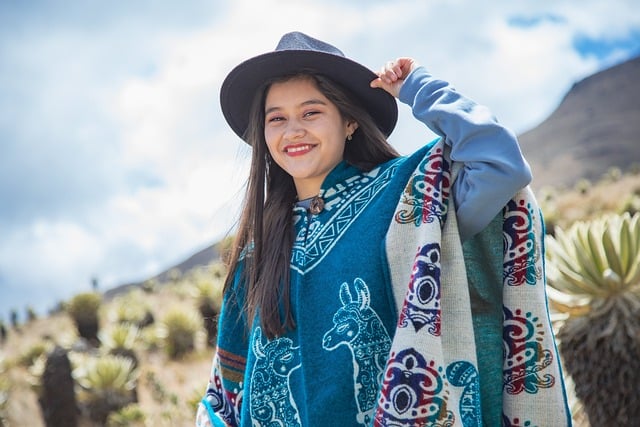Fashion and the Gaia Hypothesis: Clothing Design Inspired by Earth Systems Theory
Earth Systems Theory focuses on the interactions between various components of our planet, including the atmosphere, hydrosphere, lithosphere, and biosphere. These systems are interconnected and constantly influence each other, creating a dynamic and complex web of relationships. Understanding these interconnections is crucial for comprehending the Earth as a holistic entity, where changes in one system can have widespread effects on others.
One key concept of Earth Systems Theory is the notion of feedback loops. These loops can either be positive, amplifying changes within a system, or negative, helping to maintain stability. Feedback loops play a vital role in regulating Earth’s systems and are essential for maintaining balance in the face of disturbances such as climate change or natural disasters.
The Interconnectedness of Fashion and Nature
Fashion and nature share an intricate relationship that transcends surface appearances. The colors, textures, and patterns found in the natural world often serve as inspiration for fashion designers, influencing their creative decisions and designs. From the vibrant hues of a blooming flower to the organic shapes of tree branches, nature’s beauty is reflected in the garments we wear, blurring the boundaries between the two realms.
Moreover, the fashion industry’s impact on the environment underscores the interconnectedness between fashion and nature. With fast fashion trends leading to excessive waste and pollution, there is a growing need for sustainable practices within the industry. By incorporating eco-friendly materials, embracing ethical production methods, and promoting conscious consumer behavior, the fashion world can align itself more harmoniously with the natural world it draws inspiration from.
Incorporating Sustainable Materials in Clothing Design
Sustainable materials have become increasingly integral to the realm of clothing design. Designers are recognizing the importance of using eco-friendly resources to minimize their environmental impact. From organic cotton and bamboo to recycled polyester and Tencel, the fashion industry is embracing these sustainable alternatives with the aim of creating garments that are not only stylish but also environmentally conscious.
Incorporating sustainable materials into clothing design is not only beneficial for the environment but also for the consumers. More and more individuals are seeking out ethically produced clothing that aligns with their values of sustainability and social responsibility. By choosing eco-friendly materials, designers are not only reducing their carbon footprint but also appealing to a growing market of conscious consumers who prioritize eco-conscious fashion choices.
Organic cotton, bamboo, recycled polyester, and Tencel are popular sustainable materials in clothing design
Fashion industry is moving towards using eco-friendly resources to minimize environmental impact
Ethically produced clothing aligns with consumer values of sustainability and social responsibility
Designers reducing their carbon footprint by choosing eco-friendly materials
Appeal to a growing market of conscious consumers who prioritize eco-conscious fashion choices
What are some key concepts of Earth Systems Theory?
Earth Systems Theory is based on the idea that the Earth is a complex system made up of interconnected processes, including the atmosphere, hydrosphere, lithosphere, and biosphere. It emphasizes the interconnectedness of these processes and how they can impact one another.
How is fashion connected to nature?
Fashion relies heavily on natural resources for materials such as cotton, wool, and leather. The production of these materials can have a significant impact on the environment, from water usage to chemical pollution. By recognizing the interconnectedness of fashion and nature, designers can make more sustainable choices in their designs.
What are some sustainable materials that can be incorporated in clothing design?
Sustainable materials include organic cotton, hemp, bamboo, and recycled fabrics. These materials are grown or produced in ways that minimize their impact on the environment, such as using less water or chemicals. By incorporating these materials into clothing design, designers can create more eco-friendly and ethical fashion choices.







